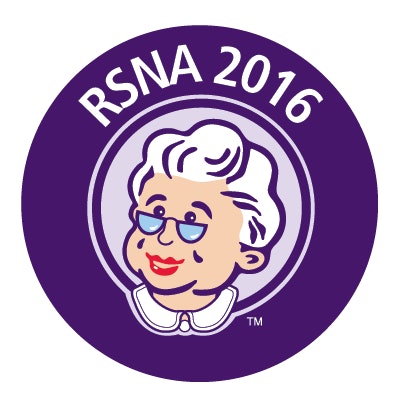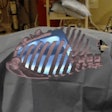
Just how satisfied are patients with the radiology services they receive -- and how can radiologists improve the patient experience? It's often front-end issues that make a difference, such as registration and wait times, according to a talk given at the RSNA meeting on Tuesday morning.
"Based on our research, patients are concerned with three factors: exam experience, intake experience, and the quality of the facility/exam convenience," presenter Dr. Elizabeth Dibble from Brown University told session attendees. "By decreasing wait times, streamlining the registration process, and improving patient comfort during MRI exams, radiology practices can improve patient satisfaction."
Besides, with increasing federal (and therefore insurer) focus on patient-centered care, these patient concerns and how a radiology practice handles them can make or break its bottom line.
"Patient-centered care is one of the six 'aims for improvement' the Institute of Medicine identified for improving the healthcare system," Dibble said. "And the Centers for Medicare and Medicaid Services has begun incorporating patient satisfaction measures into hospital reimbursement structures."
Radiology ratings
Dibble and colleagues investigated which factors contribute to positive and negative patient satisfaction ratings. They included 6,512 patient surveys collected at five outpatient imaging centers between January 2013 and November 2015. The group compared the ratings among sites, exam types, and survey questions, clustering written comments into topic categories such as general feedback, staff evaluations, wait-time concerns, quality of the facility, convenience of exam scheduling, cost concerns, and exam safety.
Three main factors influenced patient satisfaction:
- Exam experience
- Intake experience
- Quality of the facility and time concerns (scheduling convenience and exam wait time)
Among the survey questions, quality of care had the highest number of positive ratings, while wait time had the highest number of negative or neutral ratings, followed by the preregistration process.
More than 90% of patients' written comments were positive, with 60% of these pertaining to staff, 28.2% to the patient's general experience, and 11.9% to the intake process. Of the negative written comments, 31.6% pertained to convenience, 29.7% to the quality of the facility, and 21.3% to staff.
The percentage of negative comments varied by exam type, Dibble's group found, with patients who underwent MRI most likely to write a negative comment. More than 50% of these comments pertained to facility issues such as the machine's noise or the imaging bed being uncomfortable.
"For MRI, feedback included comments like 'I was unaware of how loud it would be' or 'The bed on the MRI machine should be softer,' " Dibble said.
Facing facts
The department at Brown has responded to survey feedback by updating MRI protocols, contacting patients when the department is behind schedule, providing disposable socks for patients, and completing a renovation project at one office, according to Dibble. And the research continues.
"We hope to continue to develop better tools for pre- and postintervention analyses," she said.
What's the bottom line? Radiologists need to identify those factors that contribute to patient satisfaction. Doing this will make radiologists, technologists, and office staff better equipped to provide high-quality care, according to Dibble.
"To improve patient satisfaction, radiology practices can focus on improving areas rated most negatively by patients," she concluded. "And a good first start is to develop a valid patient survey."












